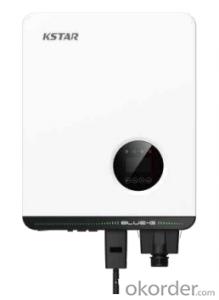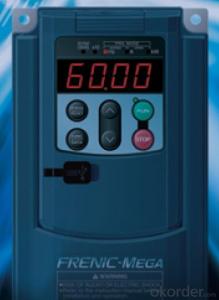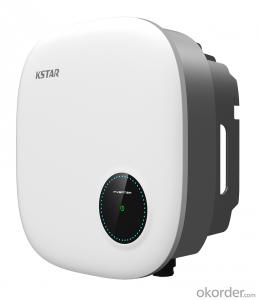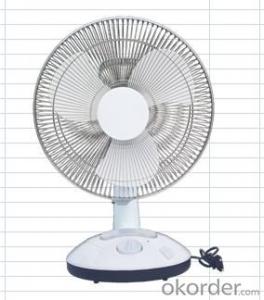Blue Solar Inverter
Blue Solar Inverter Related Searches
Battery Solar Inverter Solar Solar Inverter Bluesun Solar Inverter Power Solar Inverter Inverter Solar Smart Inverter Solar Smart Solar Inverter Solar Battery Inverter Solar Smart Inverter Big Solar Inverter Battery Inverter Solar Japanese Solar Inverter Intelligent Solar Inverter Smart Solar Power Inverter Sun Solar Inverter Power Inverter Solar Blt Solar Power Inverter Alpha Solar Inverter Solar Home Inverter Dual Solar Inverter Sunshine Solar Inverter Inverter Solar Cell Inverter Battery Solar Solar House Inverter Solar Pcu Inverter Inverter Power Solar Solar Inverter Drive Delta Solar Inverter Bluetec Solar Solar Power Battery InverterBlue Solar Inverter Supplier & Manufacturer from China
Blue Solar Inverter is a range of high-quality solar power inverters designed to convert DC power generated by solar panels into AC power that can be used in homes and businesses. These inverters are engineered to provide reliable and efficient energy conversion, ensuring that the solar power system operates at its maximum potential. They are equipped with advanced features such as maximum power point tracking (MPPT) and islanding protection, which enhance their performance and safety.The Blue Solar Inverter is widely used in various applications, including residential, commercial, and off-grid solar power systems. They are suitable for both grid-tied and off-grid applications, making them a versatile choice for a wide range of solar energy projects. These inverters are known for their durability and long lifespan, ensuring that they can withstand harsh weather conditions and provide consistent performance over time. Their compact design and user-friendly interface make them easy to install and maintain, further adding to their appeal.
Okorder.com is a leading wholesale supplier of Blue Solar Inverters, offering a vast inventory of these products to cater to the needs of various customers. With a strong commitment to quality and customer satisfaction, Okorder.com ensures that all the Blue Solar Inverters they supply meet the highest industry standards. Their extensive inventory allows customers to choose from a variety of models and specifications, ensuring that they can find the perfect inverter to suit their specific solar power system requirements. By partnering with Okorder.com, customers can enjoy competitive prices, fast shipping, and excellent customer service, making it a reliable choice for sourcing Blue Solar Inverters.
Hot Products


















































